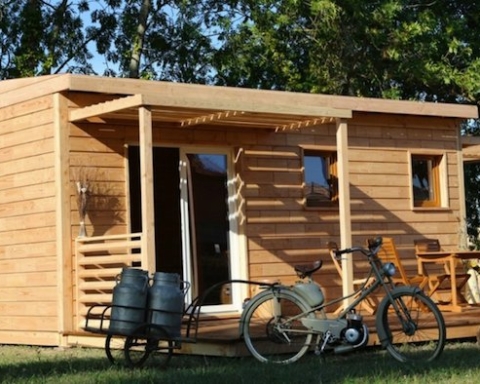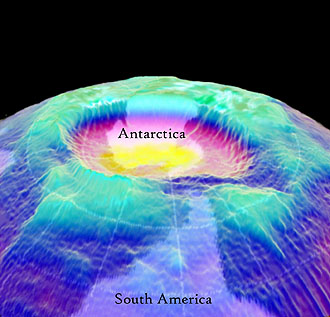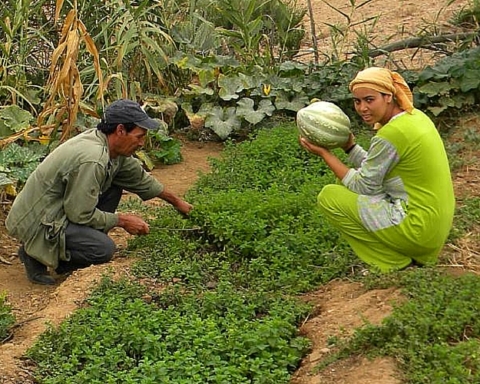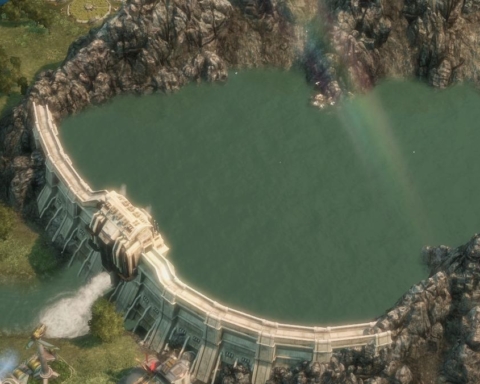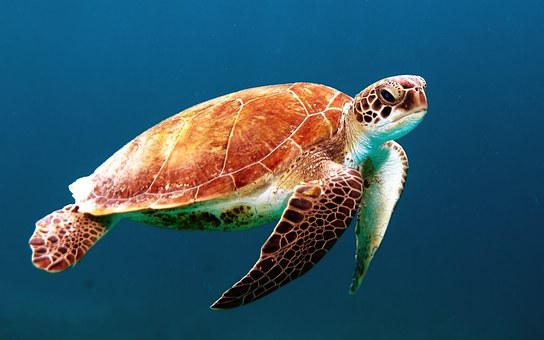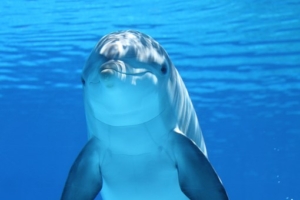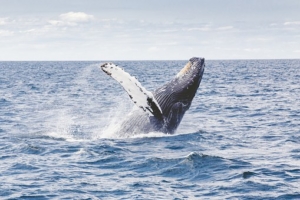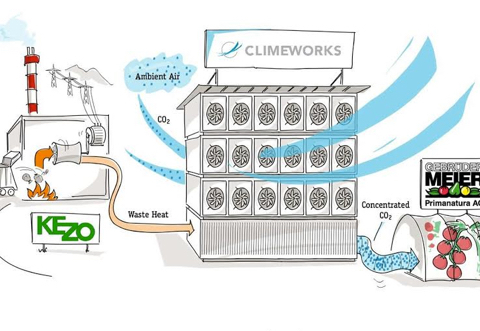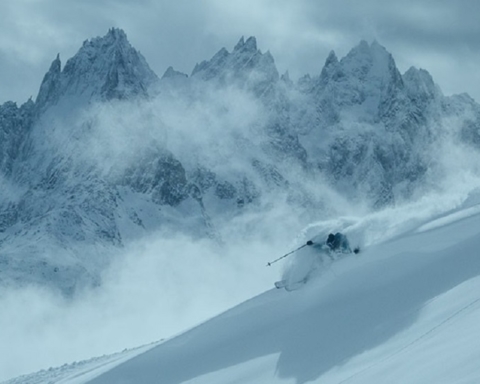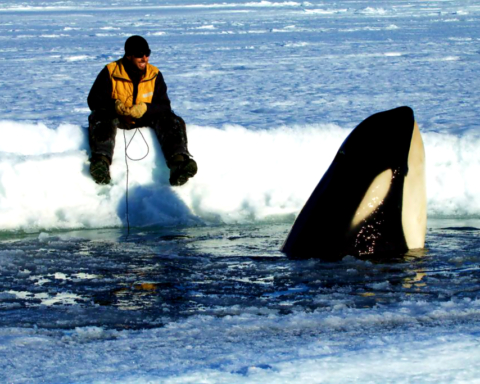Two weeks ago in the Galápagos, the presidents of Ecuador, Costa Rica and Colombia announced an agreement to enhance the protection of marine life by expanding their marine reserves around Galapagos, Malpelo, and Cocos.
Along with Panama’s Coiba National Park, the three protected areas make up the world’s densest cluster of UNESCO Marine World Heritage Sites. Currently, only 2,8% of the world ocean is protected, and less than 1% of it, is a marine reserve, which implies that activities such as fishing are prohibited.
The project, which aspires to meet United Nations target of protecting 10% of the world’s oceans by 2020, is a pivotal moment in the history of sustainable development and ocean management.
We are talking about some of the most biodiverse ocean waters, where “sharks, turtles, rays, whales, seabirds, tuna and billfish surge back and forth in response to seasonal changes in water temperature and food availability”, as Scott Henderson, vice president of Conservation International (CI)’s Eastern Tropical Pacific Seascape program points out in an interview for Human Nature.
In the same interview, he further explains that these areas “have registered the highest density of sharks recorded anywhere on Earth and some of the highest fish biomass (total weight per unit area) ever recorded”.
But the triumphant agreement in Galápagos isn’t vital only for the corals, the turtles, the penguins, the sea lions, the dolphins and the whales of the area. It’s a strategic movement also for the region’s economic growth and the improvement of the livelihood of industrial fishermen, who can benefit from the abundant spillover on the reserve boundaries.
In practice, the agreement raises the marine reserves of the three nations to 83,600 square miles. As stated in National Geographic’s article by Jane Braxton Little, “Ecuador and Costa Rica also agreed to delineate the boundaries of their national waters, exchanging nautical charts in a step toward protecting the underwater ‘highways’ used by sharks, sea turtles, and other migrating marine life”.
Following National Geographic’s report, Colombia President Juan Manuel Santos pledged to double the size of one of the largest no-fishing zones in the region — the Malpelo Flora and Fauna Sanctuary, established 300 miles off the mainland.
In an effort to protect white-tip sharks, whale and hammerhead sharks, Costa Rica President Luis Guillermo Solís committed to expanding Cocos Island National Park by nearly 4,000 square miles — an action that will increase by four times the area where fishing is restricted. Last but not least, under the new boundary maps, Ecuador’s revised marine territory is now five times larger than its continental territory.
Beyond doubt the agreement among these three nations is an historic moment, as “it’s the first time that three presidents got together to expand protections in their neighboring waters” according to Enric Sala, a National Geographic Explorer-in-Residence. Now that the path is set, we can only wish that other countries will follow the steps of these three leaders.
